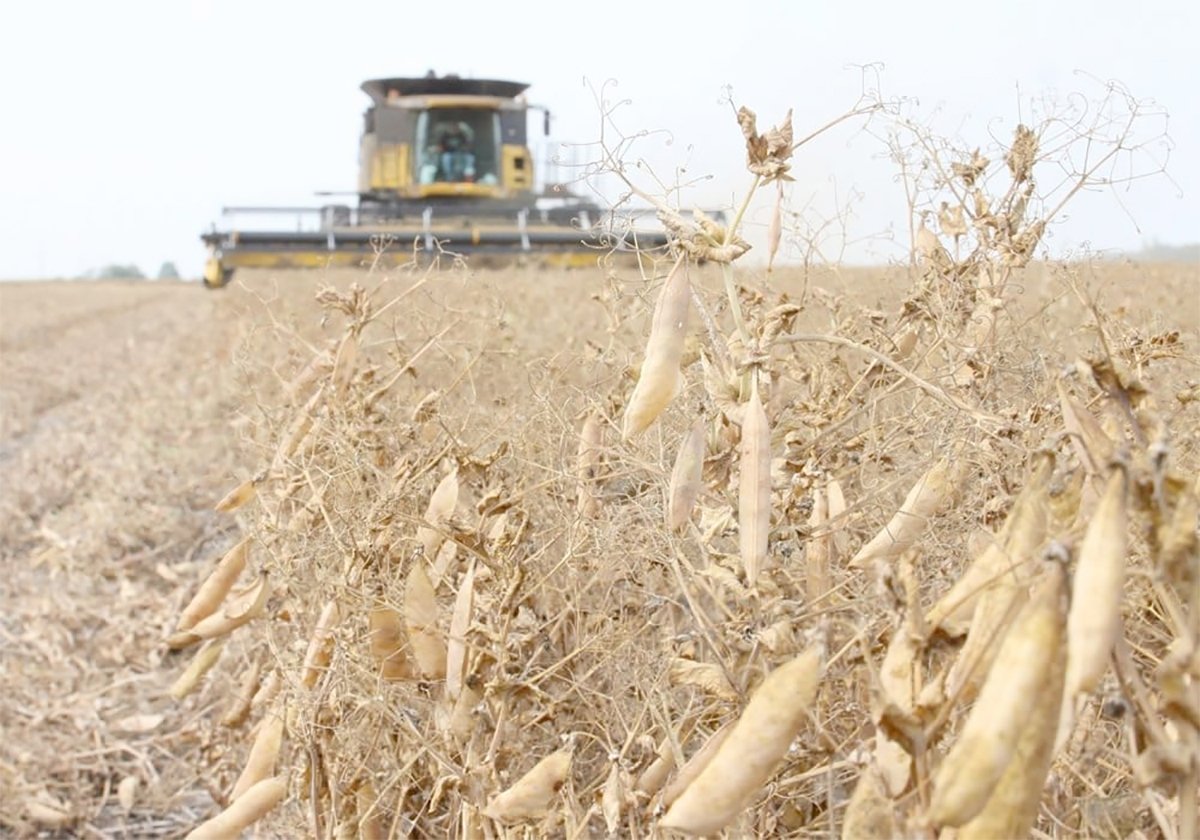Expansion mode | With rising commodity prices and market volatility, farmers need to know their cost of production
RED DEER — Farmgate prices are up and lenders are looking to expand their agriculture portfolios.
However, if interest rates start to climb, this could be a good time to lock in terms, said two Bank of Montreal farm lenders.
Farmers are investing in more supply managed quota, new equipment and technology as well as covering the increased cost of production, said Janine Sekulic, a BMO agrologist based in Red Deer, who works with lenders to structure agricultural financing.
“For some of our feedlot customers, there has been a 35 percent increase in the cost of finishing calves. That translates into a need for more operating capital,” she said at the Alberta Agricultural Economics Association annual meeting in Red Deer May 3.
Read Also

Chinese, Indian tariffs take toll on pea prices
The disruption of pea exports from Canada’s largest customers will likely result in slow pea exports for the remainder of the crop year.
The largest feedlot cost is buying feeder cattle. Last year, Alberta prices for an 850 pound steer increased nearly 20 percent from the previous year, said Canfax.
Fed cattle prices have increased by more than 30 percent, but boxed beef went up only 18 percent, so feeders and packers are wading through red ink. With that kind of volatility, producers need to know their cost of production, but few actually do, said Ross Posey, BMO manager for farm lending in Alberta.
Producers need to understand having equity does not always mean repayment capacity. For every $100 of debt, the farmer should have $125 net income, said Sekulic.
When examining applications, lenders want to know the level of risk and how the debt can be paid. They want to know what the producer is doing to minimize risk and how equity is being protected.
“The major risks in agriculture are not significantly different than they were 50 or 100 years ago. The difference now is the stakes,” she said.
Much more money is at stake and the speed of change in the modern agriculture industry has been exponential. Modern farmers need a broader knowledge of production and markets or they must be willing to hire someone with that expertise.
Sekulic said a farmer’s past credit history management has the biggest impact on ability to repay.
“We put a lot of weight on historical performance and experience,” she said.
Financial and production record keeping are needed, and the bank wants to know how an individual makes spending decisions. It also wants to know what percentage of a purchase needs to be financed and whether the grower is making the purchase because it will improve the farm or because it is just a shiny new purchase.
Farm debt in Canada is around $70 billion, up from $60 billion in 2008, according to Statistics Canada.
Alberta debt as of 2010 was nearly $15 billion compared to 2008, when debt was calculated at $13 billion.















